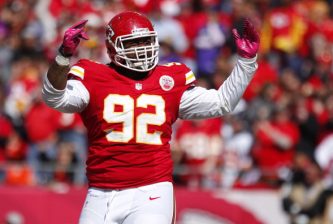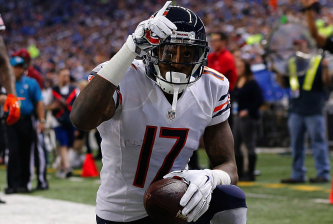For years, those who champion the tenets of win probability-related statistics have pleaded for teams to take more chances on fourth downs and in terms of two-point conversion attempts. Generally, overly-conservative coaches have instead adhered to an arguably archaic set of rules regarding when to take such gambles, particularly regarding two-pointers.
But with extra points now coming from the 15-yard line rather than the two, some coaches are realizing that it makes more sense to roll the dice on regular two-point attempts.
The leader of that charge is Mike Tomlin, which isn’t surprising when you consider that Tomlin probably knows he has an offense that has a higher-than-average probability of converting, as well as a better chance than most at atoning for a failed conversion attempt by scoring more touchdowns.
As a result, the Pittsburgh Steelers have now converted an NFL-record seven two-point attempts. Pittsburgh is 7-for-10 on those attempts, which means they’ve scored at least four points they ordinarily wouldn’t have registered. But throw in that kickers are “only” hitting 93.7 percent of extra points now and it’s actually possible they’ve bought themselves an extra five or six points with this strategy (and indeed, Pittsburgh has missed two extra points this year).
When going for two this season, Pittsburgh has 14 points on 10 plays. When settling for the PAT, the Steelers have 21 points on 23 plays. The point-per-attempt ratio isn’t even close.
This doesn’t mean the Steelers should go for two every single time. Sometimes, it’s just not worth sacrificing the 94 percent chance at a single point in favor of even a 70 percent chance of getting two points. It’s safe to conclude that you’re better off kicking when you’re up by two, six or nine points in the fourth quarter.
But generally, the Steelers are proving — albeit within a small sample size — that two-point attempts in the first three quarters (nine of their 10 attempts have come before the fourth quarter) are usually worth the gamble, regardless of the scenario.




